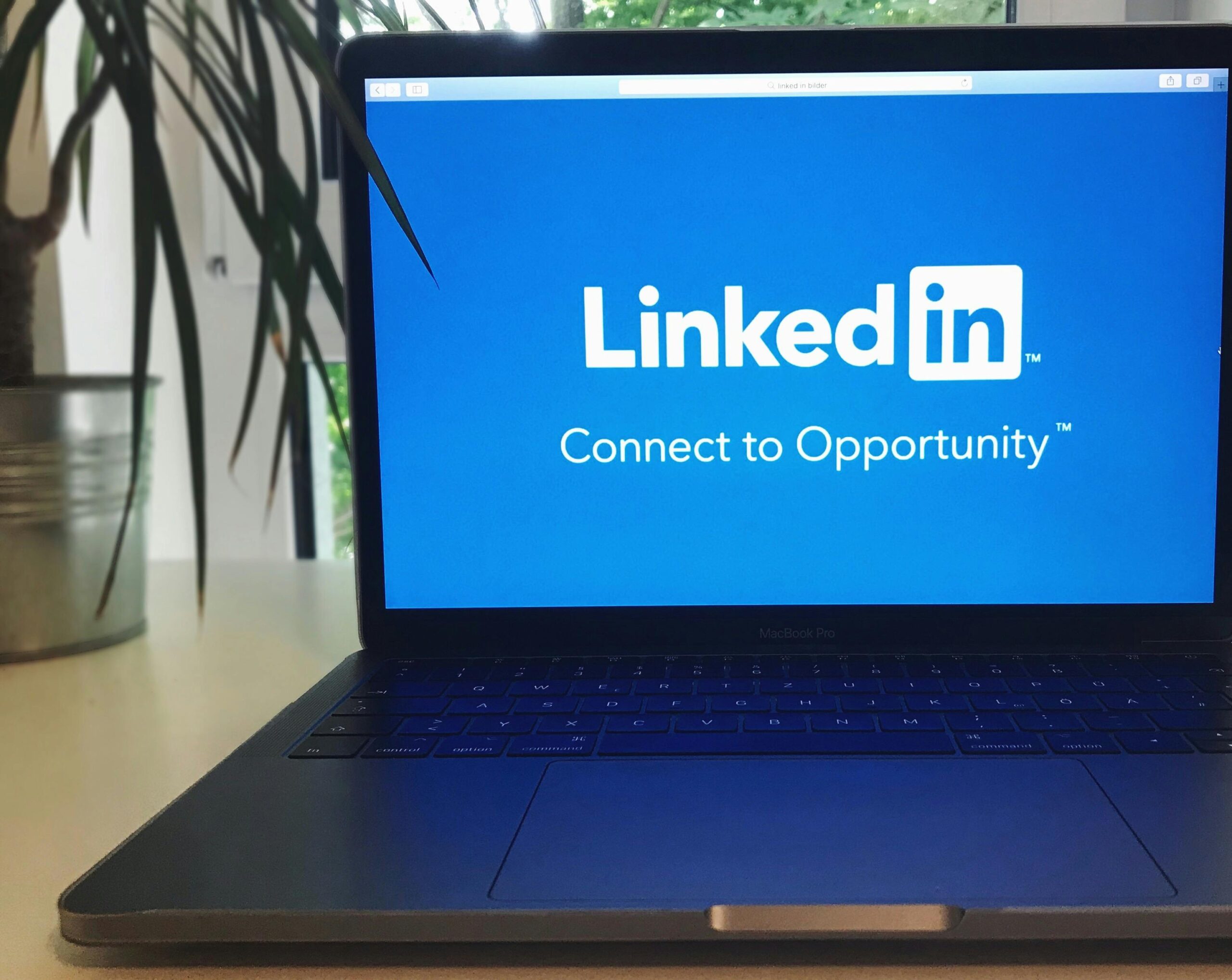Creating a LinkedIn Company Page is an essential step in building your brand’s online presence. It helps showcase your business, connect with industry professionals, and attract potential customers.
However, while many businesses focus on what to do, they often overlook common mistakes that can hinder their page’s success. To ensure your LinkedIn company page works effectively for your brand, avoid these key missteps:
1. Using a Low-Quality or Incorrect Logo
First impressions matter, even online. Having a blurry, pixelated, or stretched logo immediately gives off an unprofessional look.
Ensure your logo is high-resolution and fits LinkedIn’s recommended dimensions (300 x 300 pixels).
Additionally, avoid using personal profile pictures or unrelated images as your logo—it should be a clear representation of your brand.
2. Skipping the ‘About’ Section or Writing a Weak Description
Your ‘About’ section is one of the most important parts of your LinkedIn company page.
Many businesses either leave this blank or fill it with generic, uninspiring text.
Instead of a dull, one-liner, craft a compelling description that clearly explains who you are, what you do, and why it matters. Use keywords relevant to your industry to enhance visibility.
3. Failing to Customize Your URL
By default, LinkedIn assigns a long, clunky URL to a company page. Many businesses fail to customize it, missing out on a great branding opportunity.
A clean and simple URL (e.g., linkedin.com/company/yourbusinessname) makes it easier for people to find you and enhances your page’s professionalism.
4. Ignoring the Cover Image
The cover image is prime real estate on your LinkedIn company page, yet some businesses leave it blank or use a generic stock photo.
Your cover image should align with your brand and reinforce your company’s mission, values, or current campaigns.
LinkedIn recommends a cover photo size of 1128 x 191 pixels for optimal display.
Read also: How to Create a LinkedIn Company Page
5. Not Posting Regularly (or At All!)
A LinkedIn company page without fresh content is like an abandoned storefront.
Some businesses create their page and then neglect it for months, missing opportunities to engage with their audience.
To solve this and help build your brand’s credibility, post regularly. Publishing at least once or twice per week will keep your page active.
Share industry insights, company updates, blog posts, or even employee highlights to keep your audience engaged.
6. Over-Promoting Without Providing Value
While LinkedIn is a great place to promote your products or services, excessive self-promotion can turn off your audience.
If all your posts are about your latest offers or why your company is the best, people will lose interest.
Balance promotional content with valuable insights, educational posts, and thought leadership to establish credibility and engagement.
7. Neglecting Employee Engagement
Employees are a brand’s greatest ambassadors on social media sites. Yet many businesses fail to encourage their employees to follow, engage with, and share company posts and content.
When employees interact with company posts, it significantly expands the brand’s reach and visibility. Additionally, ensure that employees correctly link their personal profiles to your company page under the ‘Experience’ section.

8. Failing to Add a Call-to-Action (CTA)
Your LinkedIn page should guide visitors toward an action—whether it’s visiting your website, signing up for a newsletter, or following your page.
Many businesses fail to add CTAs in their page description, posts, or the custom button, which can be set to ‘Visit website,’ ‘Contact us,’ or ‘Learn more’. Don’t leave visitors guessing—tell them what to do next!
9. Not Engaging with Comments or Messages
Social media is about engagement, not just broadcasting!
Some businesses make the mistake of ignoring comments on their posts or failing to respond to direct messages.
If someone takes the time to comment on your content, acknowledge it! Responding to interactions not only improves your credibility but also increases engagement rates.
10. Overlooking Analytics
Many businesses create a LinkedIn page and never check their analytics.
LinkedIn provides valuable insights into post performance, audience demographics, and engagement trends.
By reviewing your analytics regularly, you can adjust your content strategy, post at optimal times, and better understand what resonates with your audience.
11. Leaving Key Fields Blank
A partially completed LinkedIn page looks unprofessional and can reduce your chances of appearing in search results.
Ensure all key fields—including website URL, location, industry, and contact information—are filled in. A complete profile increases credibility and makes it easier for potential clients or partners to reach you.
12. Not Optimizing for SEO
LinkedIn pages are indexed by search engines, meaning a poorly optimized page won’t rank well in search results.
Use relevant keywords in your company description, posts, and updates to improve discoverability. But avoid keyword stuffing—keep it natural and readable.
Final Thoughts
Your LinkedIn company page is an extension of your brand. By avoiding these common mistakes, you’ll create a stronger, more engaging presence that attracts followers, builds credibility, and drives business growth.
Take the time to set up your page correctly, post valuable content consistently, and interact with your audience. Doing so will ensure that your page works for you—not against you!
Are there any LinkedIn mistakes you’ve encountered? Share your thoughts in the comments section below!

